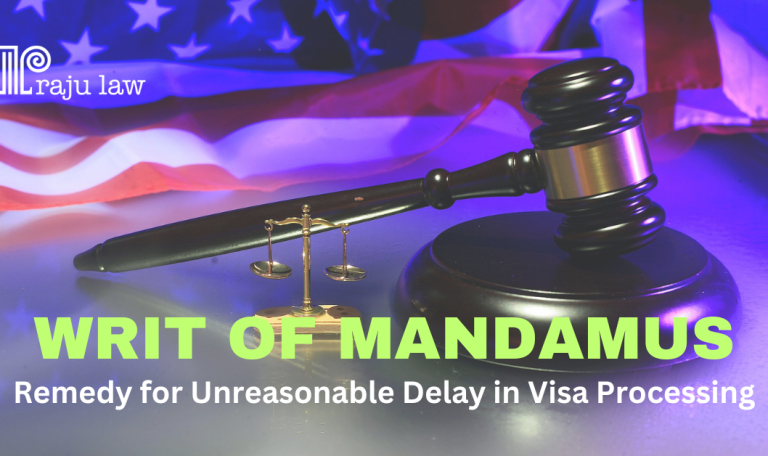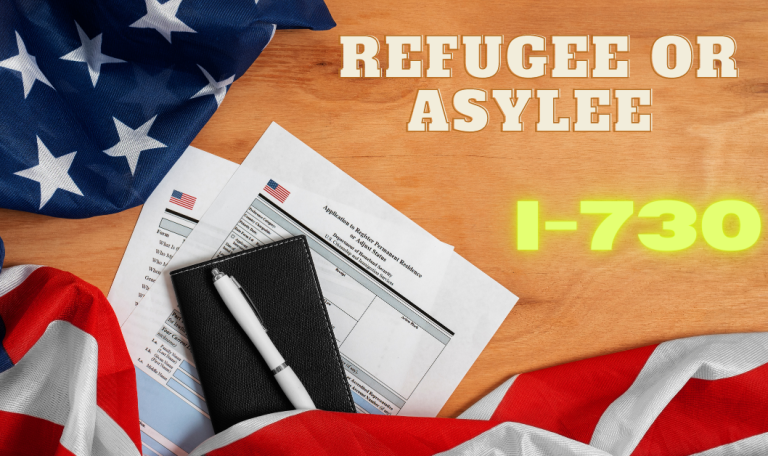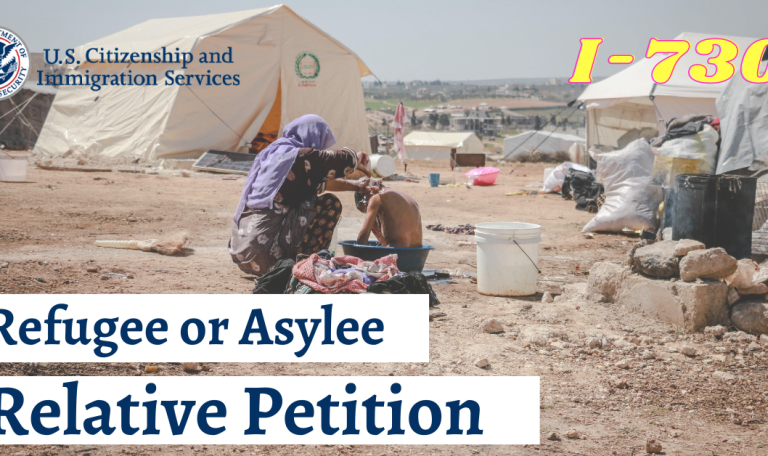
The 180-Day Asylum EAD Clock (Part: 2)
The 180-day Asylum EAD Clock (Part: 2) Read part one here What happens to the clock if an applicant misses his or her asylum interview? After an affirmative asylum applicant misses her scheduled interview, the asylum office will mail a “failure to appear” warning letter, advising the applicant of the procedural steps the applicant must take within 45 days to establish “good cause” for missing the interview. If the applicant responds within 45 days and demonstrates “good cause,” the asylum office will treat the response as a request to reschedule the interview and the clock will restart on the date of the rescheduled interview. If the applicant does not respond within 45 days or fails to establish good cause, USCIS will send the applicant a “Referral Notice for Failure to Appear” and charging documents and will refer the applicant to immigration court. The notice will also explain the procedures for establishing “exceptional circumstances” for missing the interview. If the applicant responds and establishes that exceptional circumstances exist, the asylum office will issue a determination letter to the applicant and her attorney of record and provide notice to the Immigration and Customs Enforcement (ICE) Office of Chief Counsel of the determination. The applicant can then request that ICE join in a joint motion to terminate immigration proceedings and if the immigration judge grants the motion, the asylum office will reopen the asylum application. The asylum clock will then restart on the date the applicant appears for a rescheduled interview with the asylum office. How is the 180-day waiting period calculated for applications filed with the Immigration Court? The clock starts when the Immigration Court receives the complete Asylum application at the Court’s window whether filed in person or by mail. What will cause the 180-day Asylum EAD Clock to stop with the Immigration Court? Like applications filed with USCIS, any delays caused by the applying noncitizen. Examples of delays caused by an applicant that can stop the Clock include: The applicant asks for a continuance to seek an attorney. The applicant asks for time to prepare. The applicant declines an expedited hearing if when one is offered by the judge. The applicant requests that the case be administratively closed. The clock resumes at the next hearing assuming that the applicant does not cause another delay. If the applicant files a motion to change venue or for a continuance, the clock stops when the motion is granted and resumes on the next hearing date assuming the applicant does not cause another delay. Asylum Applications treated as Expedited Cases In cases where an applicant filed the application with the Immigration Court, the Court seeks to adjudicate the case within 180 days subject to the Court’s availability. If the Court’s schedule permits, the Court will offer a final hearing within 180 days of filing. If the applicant declines to have the final hearing within the 180 days, this will also cause the clock to stop. If the Court cannot offer a final hearing date within











